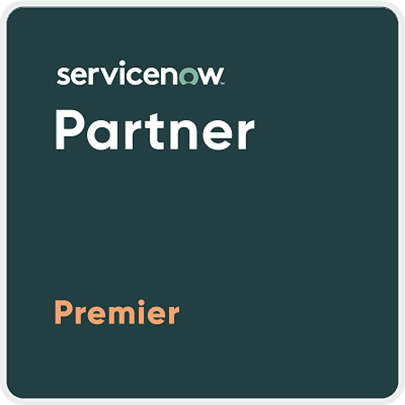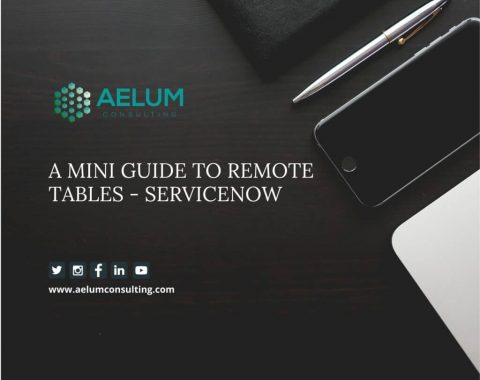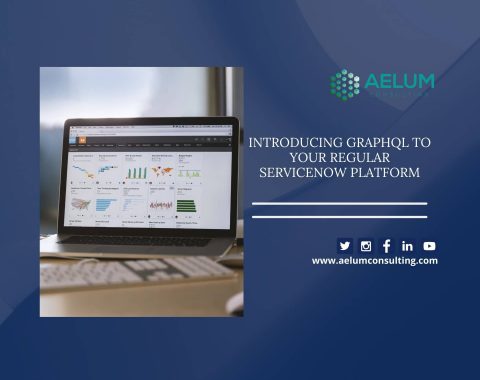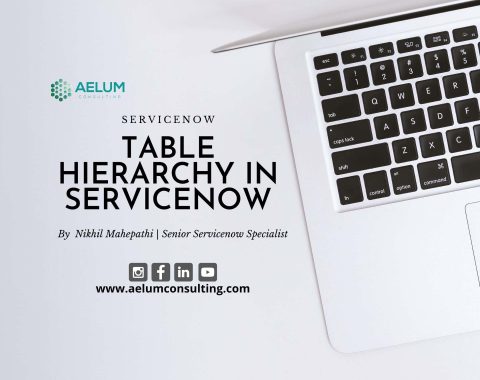Track & Manage Software Licenses Across the Enterprise with ServiceNow SAM
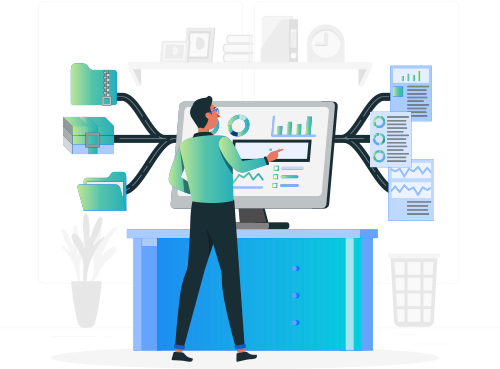
Software Asset Management
ServiceNow SAM solution streamlines and manages software assets with a single architecture. You can use automation and digital workflows to feed critical asset data to the business. We reduce software and cloud expenses by pinpointing shadow IT, reducing overlap, and optimizing license use.
You will get business protection with software license management by embedding SAM into the IT change process and acting on unlicensed deployments. Also, we will save time with custom workflows throughout the lifecycle and automate processes across departments like HR, procurement, security, GRC, and app teams. SAM is essential to the IT Asset Management module that manages software licenses, hardware, mobile, and cloud assets.
Features of ServiceNow Software Asset Management
Software inventory
Provide a real-time software inventory view, including installed software, usage, and license entitlements
Software discovery
Automate the software asset discovery across the IT infrastructure, including servers, desktops, & mobile.
Software request management
Manage end-user software requests, including approvals and software installation tracking.
Software deployment management
Deliver automated software deployment capabilities to deploy software efficiently and securely.
License optimization
Optimize and identify underutilized or unused licenses and reallocate them to a needed place
License compliance
Offer insights, avoiding penalties & audits by maintaining compliance with SL agreements.
Software metering
Offer detailed insights into software usage patterns to optimize & reduce unnecessary software costs.
Software usage analytics
Offer reports on software used to make informed decisions about assets and investments.
Integration with other ServiceNow modules
Integrate with ITSM, ITOM, and more, providing a comprehensive solution for managing IT assets.
Contract management
Manage software agreements, including contract terms, renewal dates, and vendor management.
Vendor management
Manage their relationships with software vendors, including vendor contracts, pricing, and support.
Cost tracking and reporting
Track and report software costs, including software spend by department or business unit.
Software lifecycle management
Manage the entire lifecycle of software assets, from procurement and deployment to usage and retirement.
Software asset optimization
Help organizations to optimize their software assets, reduce costs, and improve efficiency.
Risk management
Identify and mitigate risks associated with software assets, including security, non-compliance, & licensing risks.
Integration with third-party tools
Provide a comprehensive view of software assets across the organization’s IT infrastructure.
ServiceNow Software Asset Management Process Guide
Discovery
Inventory
Normalization
License reconciliation
Optimization
Contract management
Vendor management
Reporting
Continuous improvement
Benefits of ServiceNow Software Asset Management
Improved software license compliance
Provides a centralized view of software assets to maintain compliance with software licensing agreements and avoids costly penalties & audits.
Reduced software costs
Offer insights into software usage patterns and license entitlements to optimize software license utilization & reduce unnecessary software costs.
Increased visibility into software inventory
Provide a real-time view of software inventory, making it easier for organizations to track software assets and identify discrepancies or gaps.
Better decision-making
Provides detailed insights into software usage and license entitlements to make informed decisions about their software assets and investments.
Streamlined software request management
Provides a single platform for managing software requests, making it easier for IT teams to manage and fulfill end-user software requests.
Enhanced security and risk management
Help organizations identify and mitigate security risks associated with software assets, such as vulnerabilities and non-compliant software.
How Can Aelum Consulting Help with ServiceNow Software Asset Management
Aelum Consulting is a Premier ServiceNow Partner that can help organizations with Software Asset Management (SAM) in several ways, including
Implementation
We can assist with implementing ServiceNow SAM, ensuring the app is configured to meet the organization’s specific needs.
Process optimization
We can optimize SAM processes to ensure they align with your goals and best practices and maximize the value of the investment.
Data quality management
We can assist with data quality management, ensuring that data within the ServiceNow SAM app is accurate and up-to-date.
License optimization
We can help optimize software licenses to ensure you use licenses effectively and efficiently and avoids over or under-licensing.
Contract management
We can assist with managing software contracts effectively, and the organization complies with contractual terms and conditions.
Reporting and analytics
We can help analyze custom reports and analytics within the SAM app for valuable insights & data-driven decision-making.
Training and support
We can train your staff and support SAM end-users, ensuring they can effectively use and manage the SAM application.
ServiceNow Software Asset Management Roles and Responsibilities
SAM Administrator
Responsible for managing the ServiceNow SAM application, including user access, configuration, and administration of the application.
SAM Process Owner
Responsible for defining and maintaining the SAM process, including policies, procedures, and workflows for managing software assets.
SAM Analyst
Responsible for analyzing software usage data, identifying trends and patterns, and providing insights into asset optimization.
SAM License Manager
Responsible for managing software licenses, including procurement, renewal, and maintenance of license agreements.
SAM Compliance Manager
Responsible for ensuring compliance with software licensing agreements and regulations, including monitoring & reporting on license compliance.
SAM Vendor Manager
Responsible for managing relationships with software vendors, including contract negotiation, pricing, and support.
SAM Procurement Manager
Responsible for managing the procurement of software assets, including vendor selection, pricing, and purchase order management.
SAM End-User Support
Responsible for providing end-user support for SAM, including responding to software requests & providing installation & troubleshooting support.
SAM Security Manager
Responsible for managing security risks associated with software assets, including identifying and mitigating security vulnerabilities and threats.
Frequently Asked Questions
Change management is essential because changes to an organization’s systems and processes can significantly impact its operations and bottom line. It helps ensure that changes are made in a controlled and predictable manner. Also, it can be helpful in reducing the risk of disruption and improving the chances of success.
The steps involved in Change Management typically are as follows:
- Identifying the need for change,
- Assessing the impact of change,
- Planning and scheduling the change,
- Communicating the change,
- Implementing the change, and
- Evaluating the results.
Change Management is typically a cross-functional effort, with responsibilities shared between various teams, including IT, operations, business, and management. The specific roles and responsibilities will vary depending on the size and complexity of the organization.
Change Management can integrate with other processes, such as Release Management and Deployment Management. It can be helpful in ensuring that changes are made in a consistent and controlled manner. Release Management and Deployment Management provide specific tools and techniques for managing and delivering software releases. On the other hand, Change Management provides a framework for managing and controlling changes to the organization as a whole.
Some best practices for Change Management are as follows:
- Having a clear change management process in place,
- Involving all relevant stakeholders in the change process,
- Providing clear and timely communication about changes,
- Performing a risk assessment for each change, and
- Monitoring and evaluating the results of changes continuously.
Our Clients







































